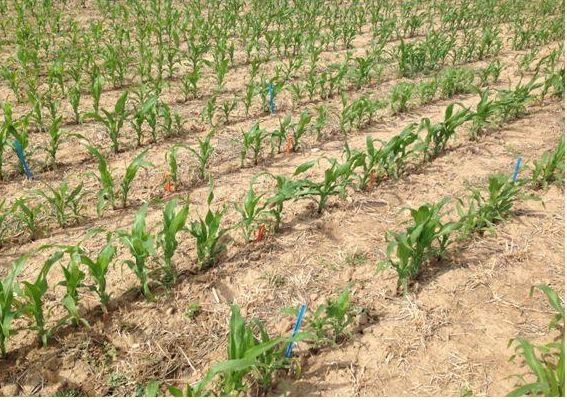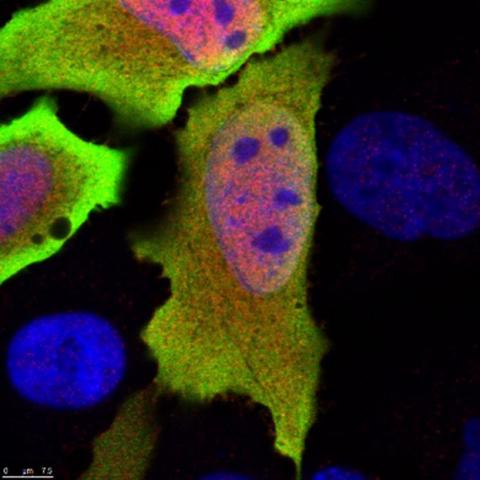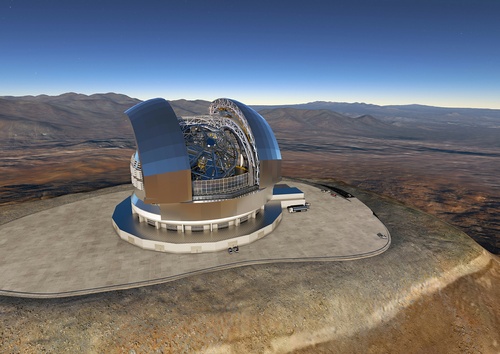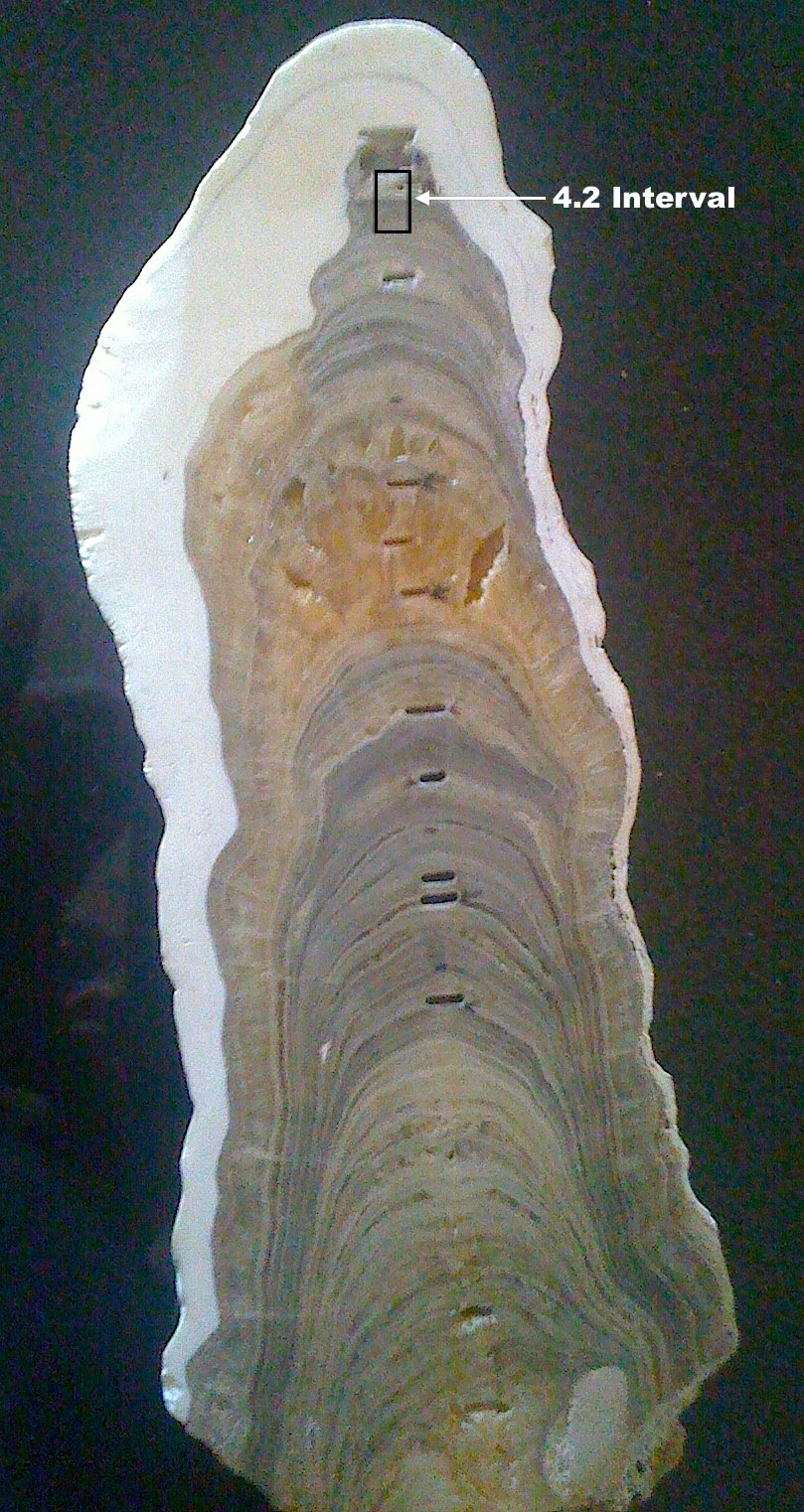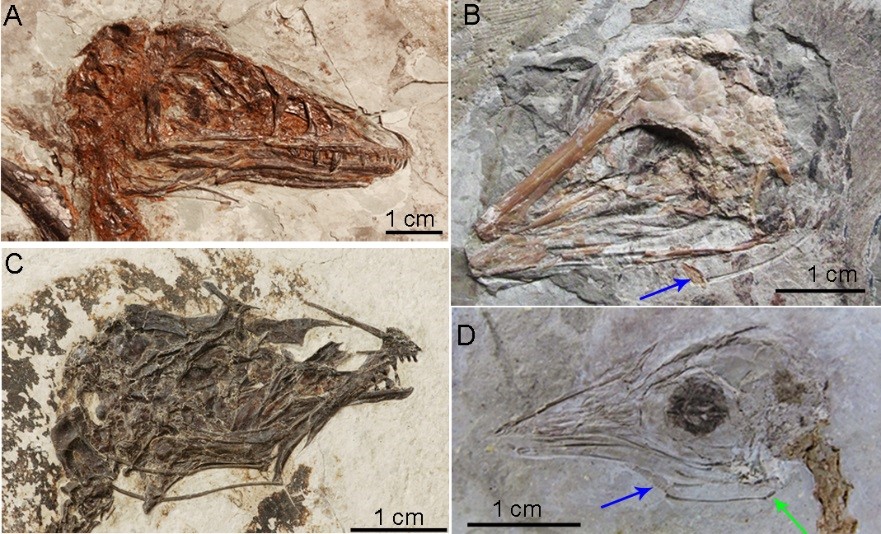Starting in the 1960s, a Green Revolution in India led to a boom in rice and wheat production and that helped reduce hunger - but it meant demands on the water supply and pollution from fertilizer.
When Indians have embraced modern technology more recently, pollution from fertilizer has gone down, but rice takes a lot of water. And "natural" rice is not great nutritionally. Nutrient deficiencies are already widespread in India today--30 percent or more are anemic--and many regions are chronically water-stressed.
Replacing fallow lands with cover crops in order to increase the levels of carbon and soil nitrogen also enhances its quality and mitigates nitrate leaching in an agricultural land, according to a new analysis.
After collecting data for ten years, results indicate that such cover crops, which maintain the soil protected during winter months, reduce degradation and provide an extra organic matter after their completion, though not without cost.
Happy Birthday Higgs boson! The discovery of the last fundamental particle of the Standard Model was announced exactly 6 years ago at CERN (well, plus one day, since I decided to postpone to July 5 the publication of this post...).
In the Standard Model, the theory of fundamental interactions among elementary particles which enshrines our current understanding of the subnuclear world, particles that constitute matter are fermionic: they have a haif-integer value of a quantity we call spin; and particles that mediate interactions between those fermions, keeping them together and governing their behaviour, are bosonic: they have an integer value of spin.
A gene called called C6orf106, or "C6", has existed for 500 million years, but understanding how it controls the production of proteins involved in infectious diseases, cancer and diabetes is only being understood more recently. The human genome was first fully sequenced in 2003, which means there are still thousands of genes that we know very little about.
Our immune system produces proteins called cytokines that help fortify the immune system and work to prevent viruses and other pathogens from replicating and causing disease. C6 regulates this process by switching off the production of certain cytokines to stop our immune response from spiralling out of control.
I've never been much for the word "tribe." It sounds too insular in 2018, the kind of term (see also "zeitgeist", "heteronormative", and "schadenfreude") thrown around by postmodernists with their heads in the clouds believing what they tell each other as the real world passes by.
That's not to say it isn't an accurate description of science media.
Science 2.0 began 11 years ago, the year that the James Webb Space Telescope was supposed to be completed, but there was no real cause for alarm about the delays until 2010, when it was three years late and $1.5 billion over budget. Not many in science communication really cared, though that is easy to dismiss as modern journalists being cheerleaders rather than critical thinkers. Instead, the science community has continued to gush how great it will be as JWST missed milestone after milestone after milestone.
Even last month, people were still continuing to write sentences like "JWST will be able to..." about 2020.
A new paper believes detection of atmospheric signatures for a few potentially habitable planets could occur before 2030.
Does that mean life on other planets?
Perhaps. perhaps not. We could be first in the universe, even though mathematically we should not be, just like mathematically light from infinite stars could make our sky pure white even at night. But if we are not first, the challenge becomes how to really detect anything else. We are currently unable to visit exoplanets, and since we determined 15 years ago we couldn't even return to the moon until 2020 (and then the succeeding president scrapped that mission) we are not visiting them any time soon. But we can use telescopes to remotely examine them for so-called biosignatures.
Around 2,200 B.C, agricultural societies around the world experienced an abrupt cooling and a critical mega-drought. Humans had been progressing nicely since the end of the last Ice Age, and suddenly this cooling, and accompanying droughts, forced the collapse of civilizations in Egypt, Greece, Syria, Palestine, Mesopotamia, the Indus Valley, and the Yangtze River Valley, which led to migrations and regenerations in other areas.
Evidence of this period, now called the 4.2 kiloyear climatic event, has been found on all seven continents and it has become the reason for the most recent unit of the Geologic Time Scale, now called the Late Holocene Meghalayan Age.
It can't have been easy for former environmental activist Mark Lynas to change sides. His friends were on the anti-science side, he was a dutiful reader of The Guardian, where activists and environmental trade groups reign supreme, and he was adored there.
But he had an ethical dilemma. How could he talk about the science consensus on climate change, despite generous potential funding by corporations to say otherwise (no, really, anti-science people think that happens), while continuing to deny the science consensus in agriculture. Exxon's revenue was 20X that of Monsanto and yet even with far fewer scientists in climate studies they were not "bought off" as his side claimed about farming.
Einstein could stick out his tongue but dinosaurs could not,
according to a new paper. Instead of being like modern day lizards or legendary physicists, their tongues were probably rooted to the bottoms of their mouths like alligators.
The discovery was made by comparing the hyoid bones — the bones that support and ground the tongue — of modern birds and crocodiles with those of their extinct dinosaur relatives. In addition to challenging depictions of dino tongues, the research proposes a connection on the origin of flight and an increase in tongue diversity and mobility.

